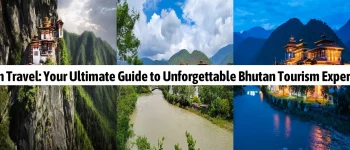Taking a train through postcard horizons of paddy fields. Tasting the fire of sizzling street food. Sorting that stylish tailor-made suit. Vietnam and Cambodia in Southeast Asia make a popular twin-country trip, but where to start? Right here. They’re easy to travel to — and travel through — and there’s never been a better time to visit. Here are the must-sees, the maybes, and a few surprises.
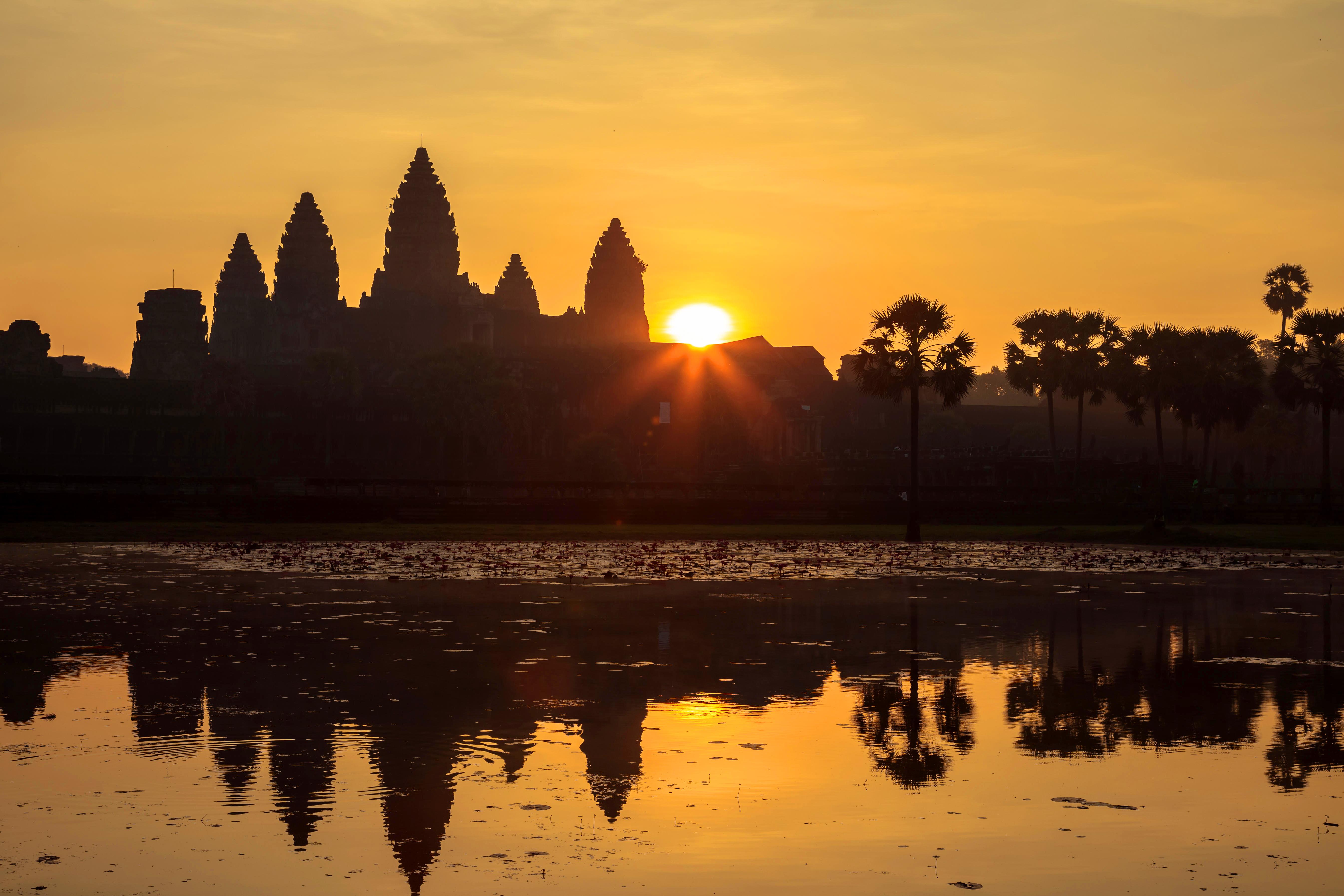
Cambodia
Sunrise at Angkor Wat
First comes the chorus of the birds across Siem Reap. Then the dark sky brightens, silhouetting the stupas of Angkor Wat on the horizon. And then the sun breaks, the day warms, butterflies fill the air, and the fatigue of that 4.30am start fades from your mind. Angkor Wat is as ancient as the great cathedrals of Europe, part of a ruined city nearly twice the size of modern Edinburgh, protected by a forest park. You’ll need at least two days here — and it’s really worth waking early on both. On the first day, join the throng at the West Gate for that iconic silhouette view. The next day, go to the East Gate to see the morning light burnish the temples. For a magical half-hour, you’ll almost have the buildings to yourself.
Essential tips for seeing Angkor Wat
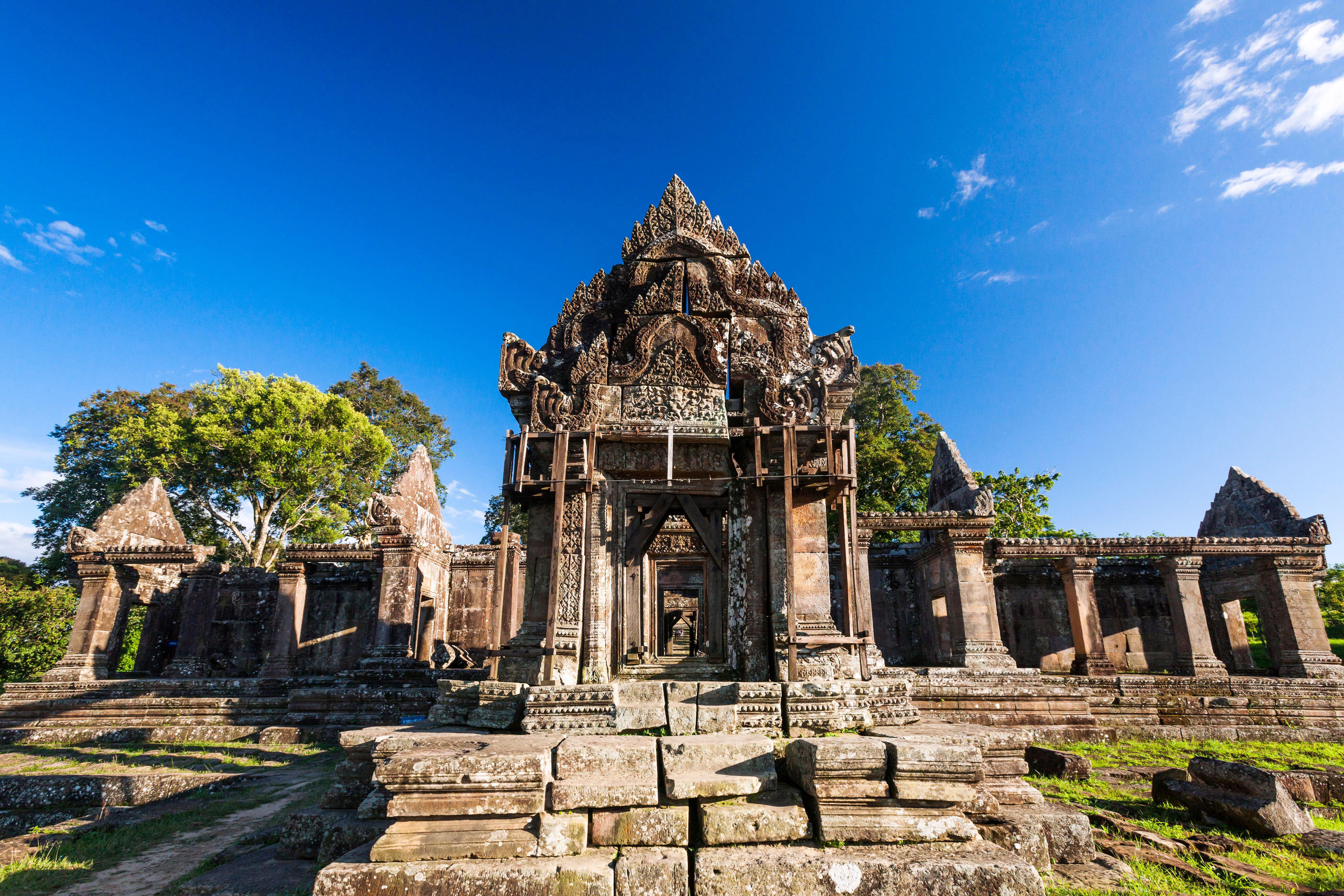
Visit Preah Vihear Temple in the Dangrek Mountains
Reaching the ancient gates of Preah Vihear Temple involves a long, vertiginous climb. But the sprawling complex of grand winged walls, balustered windows, and slender galleries, busy with carvings of gods and warriors, is worth the hike. Crowning the Dangrek Mountains in northern Cambodia, it’s the highest shrine of the Khmer Empire era. Brushing the border with Thailand, Preah Vihear was inaccessible for years due to an ownership dispute between the two nations. With the issue settled, you can wander peacefully through ancient archways, taking in eerie views across Cambodia’s rainforested lowlands. Bring your passport; it may be checked on the way into these remote borderlands.
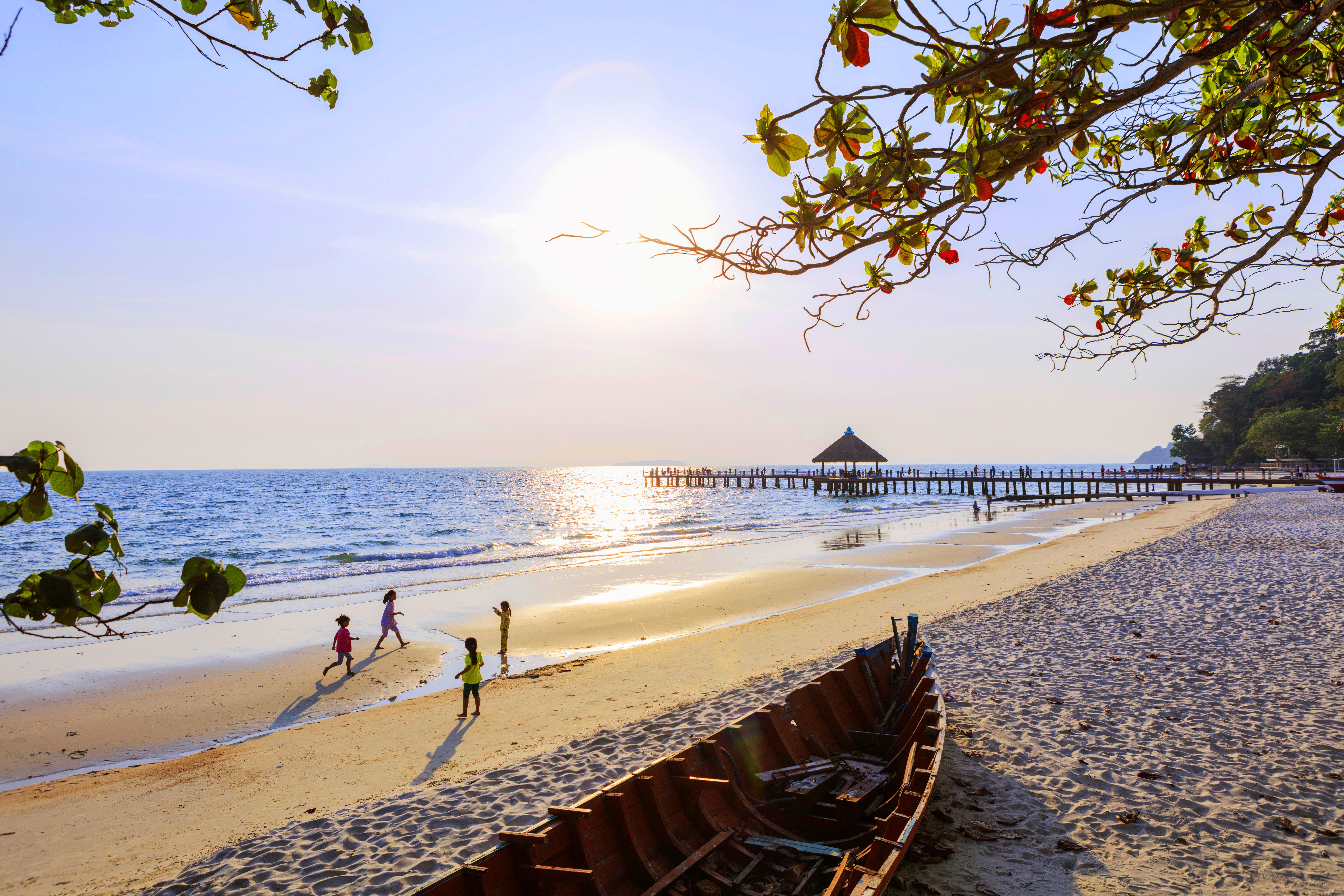
Lounge on the beaches
Cambodia certainly has beaches — on the mainland around Sihanoukville and on the half a dozen small islands a few kilometers offshore. Unlike in Thailand and Bali, where concrete buildings clamor for space, here the sands are empty, with resorts sparsely scattered, and on the islands, almost no crime — leaving you safe to wander at will. Why not take a boat to the coral reef, to swim with languorous turtles and darting fish? Or maybe go on an afternoon hike through the forest, to a fishing village where wooden houses stand on stilts over the water, and people pray in a wooden temple. That’s if you don’t want to stay on the sands — watching for hornbills and monkeys in the trees, or just curling up with a book in your hammock.
Visit Ekilove for more information.
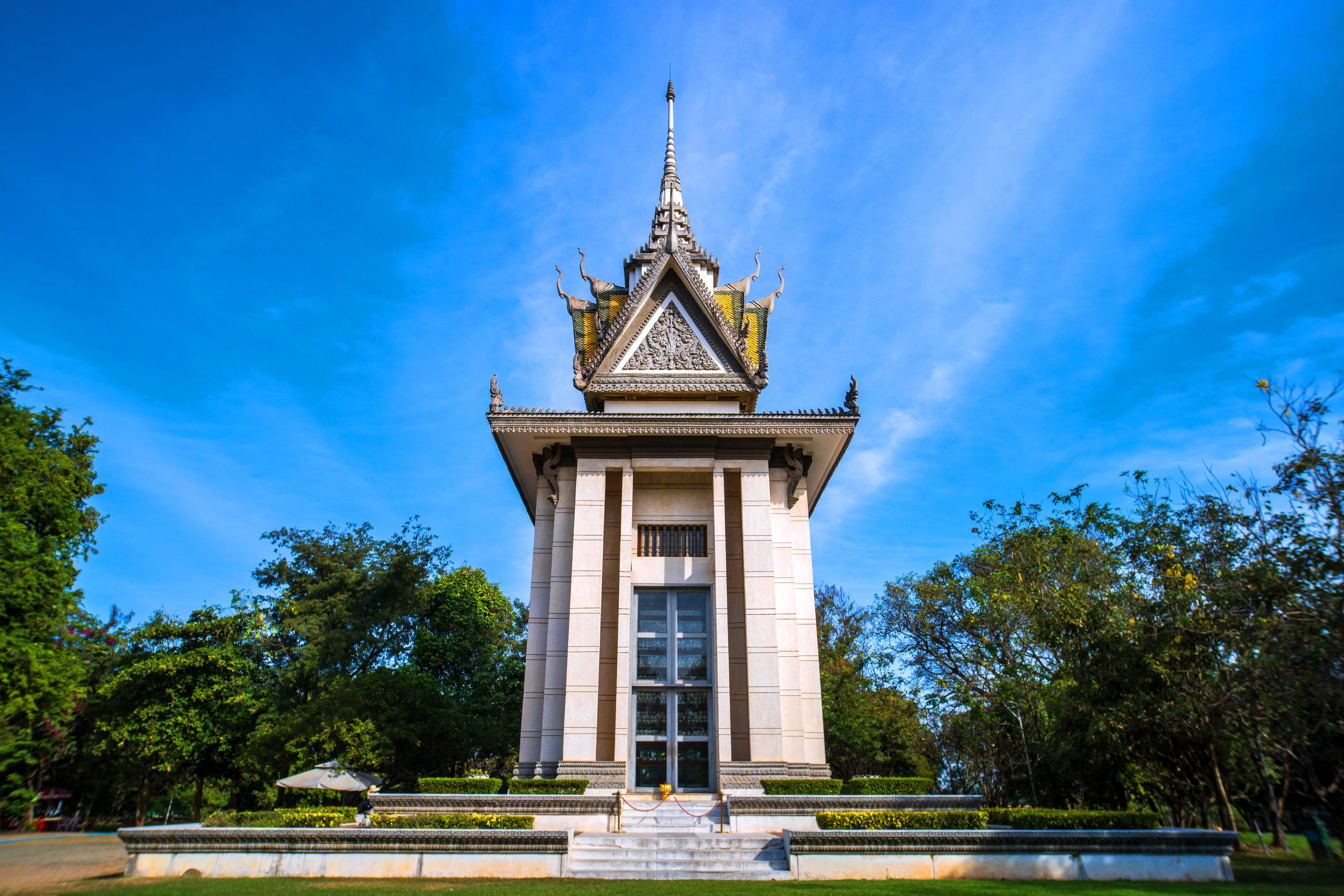
Visit the Killing Fields at Choeung Ek
Rising amid the Killing Fields is the imposing memorial of a Khmer-style Buddhist stupa. The silence hangs heavy as you step inside to find tiers of human skulls, testament to the unimaginable horror of the 1975 to 1979 Cambodian genocide. The Choeung Ek camp is surprisingly small, the fields reduced to memorial gardens. Their history is signposted — otherwise you’d have no idea the deep, overgrown pits here were formerly mass graves. A visit is almost unbearable but essential all the same. The audio guide (included in your ticket) is moving, but locals resent it for taking guides’ jobs. Consider a full day with a guide instead.

Bargain for souvenirs in Phnom Penh
The Cambodian capital is filled with incredible sights, such as the Royal Palace and the Independence Monument. But one of its greatest treasures is the Russian Market (Street 155). It’s a rock-bottom-priced emporium buzzing with waspish traders, who’ll flog you curios, silks, and high-street knock-offs for the price of a rice bowl. Remember to bargain hard — it’s expected. When it comes to evenings, ignore the overcooked boat trips and dinner cruises that leave with tourists from Sisowath Quay. Instead, take a bench on the thronging riverside promenade to see the same blood-orange sunset, but in the company of off-duty monks, local couples, and ice cream vendors.
Best things to do in Phnom Penh
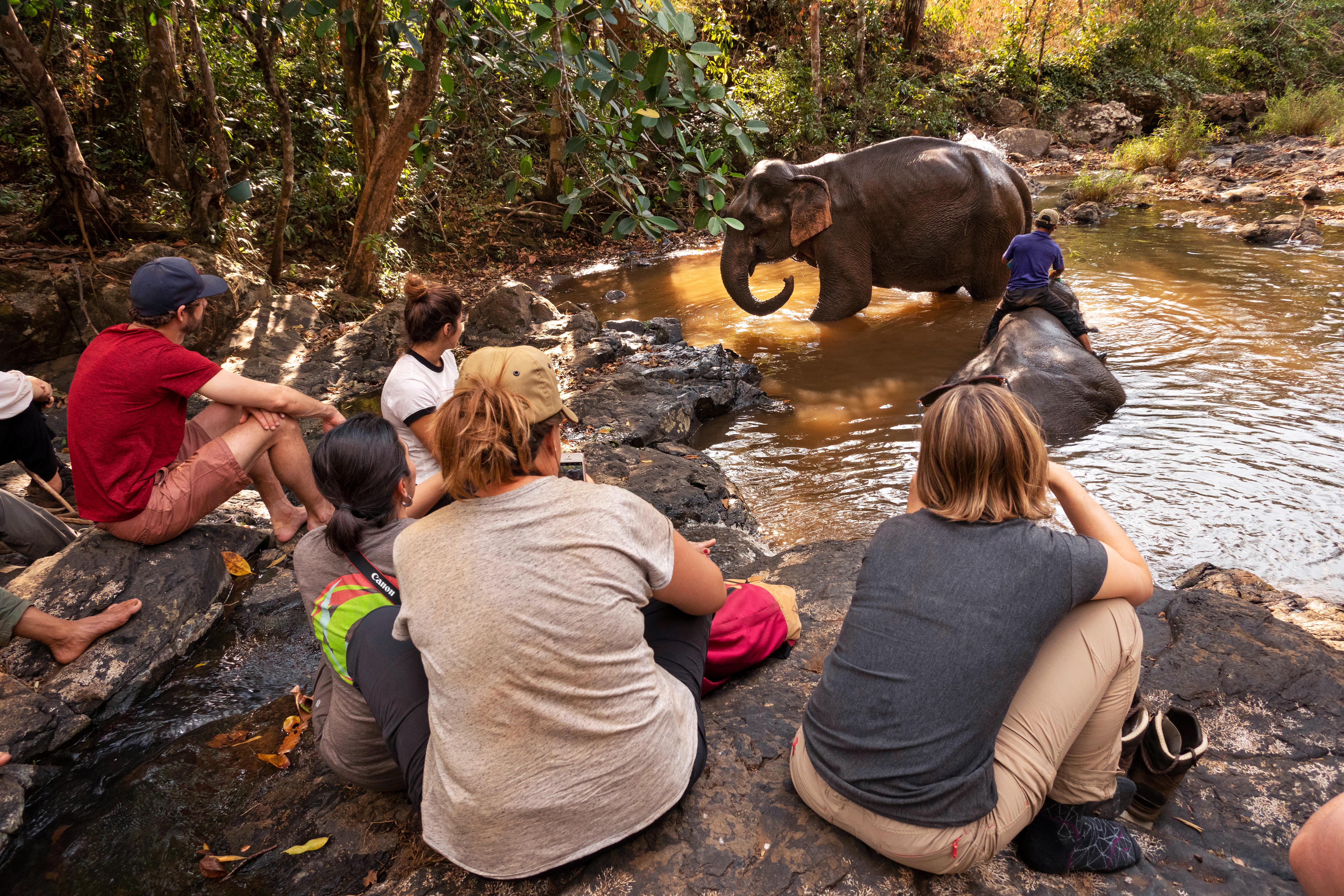
Go on safari in the Cardamom Mountains
Set in peaceful, elephant, and gibbon-spotting territory in the Cardamom Mountains, tented camp Shinta Mani Wild is designed to thrill guests while protecting its cutest neighbors. At about £2,000 a night, it isn’t cheap — but that does bag you a five-star suite, transfers, ethical wildlife-spotting, a butler, spa treatments, meals, and drinks.
Visit wild.shintamani.com for more information.
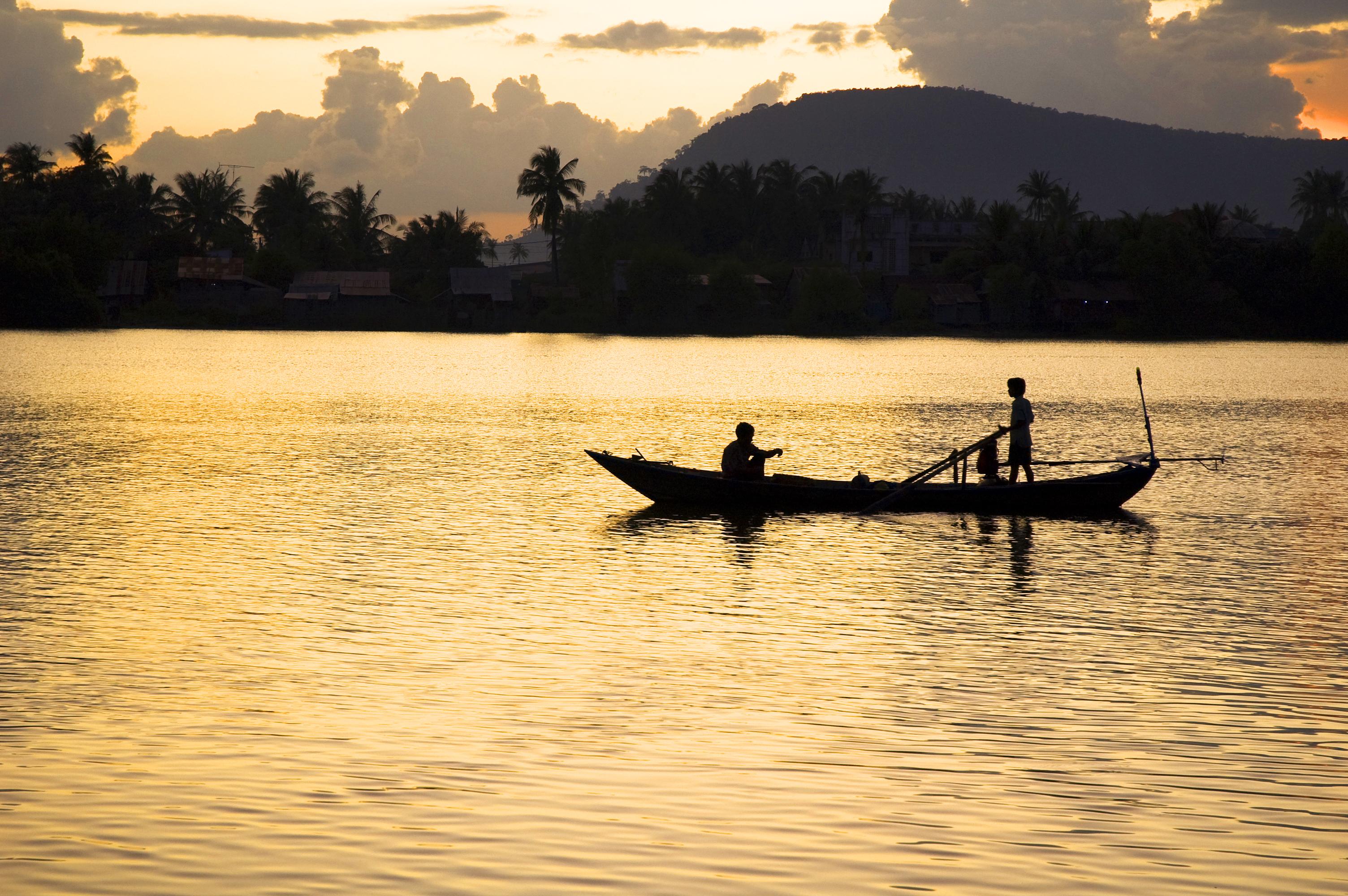
Meet Mondulkiri’s retired elephants
In less-visited eastern Cambodia, the Elephant Valley Project is a splendid example of ethical conservation. In cahoots with mahouts, it rehomes overworked or injured elephants in a gorgeous, 3,700-acre mountain-valley sanctuary. Forget inconsiderate rides; instead, visitors can saunter through the forest with these tame pachyderms — learning about their behavior plus the surrounding forest ecology and local, indigenous Bunong culture. You’ll need to book well in advance — before helping to wash under a waterfall.
Visit elephantvalleyproject.org for more information.

Paddleboard the ‘Green Cathedral’ near Kampot
Between pepper-producing fields near Kampot, a handsome colonial city, flows the Teuk Chhou river. Stand-up paddleboard tours explore its palm-fringed islets, mangrove forests, and fishing villages, focusing on a narrow channel known as the “Green Cathedral,” as the higher-altitude Preah Monivong Bokor National Park looms lushly ahead. A different stretch offers white-water rafting for those seeking a faster-paced activity.
Visit supasia.org for more information.
Vietnam

Shop for a tailor-made outfit in Hanoi
In fashionable Vietnam, you can get a catwalk-worthy outfit run up for the price of a Michelin-star main course. In Hanoi, whole neighborhoods are given over to tailors — of varying quality. To find the best, look for shops that have their own tailors on staff (the others send your measurements out to factories). You should be able to see them snipping and stitching away. Most have a stash of outdated fashion magazines for you to peruse for ideas, but unless you want to look like an extra from Dynasty, it’s best to bring a photo or two of your own.
Visit vietnam.travel for more information.
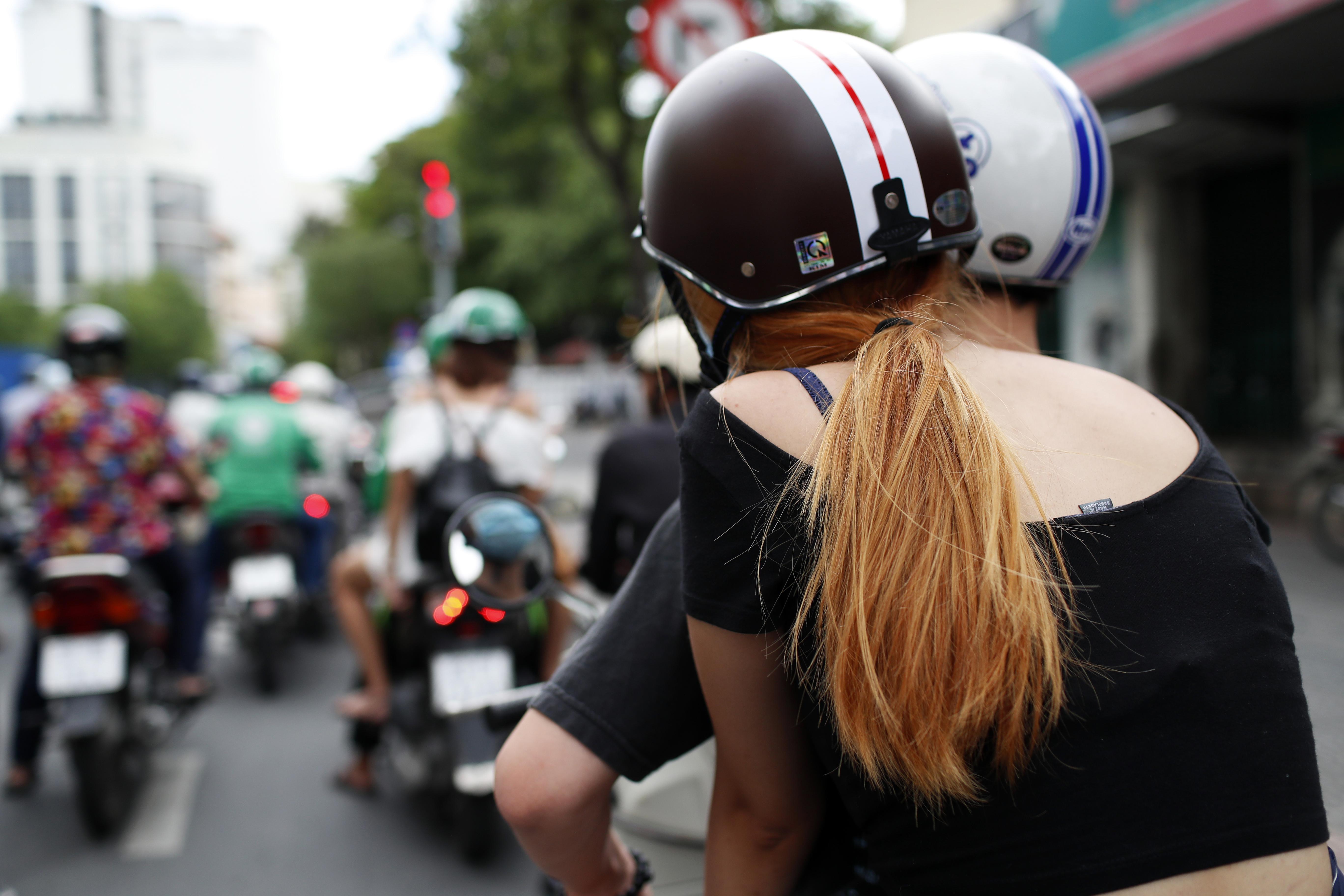
Whizz along on a scooter in Ho Chi Minh City
The whole of Ho Chi Minh City is on the move, and there’s no better way to blend in and see the sights than weaving through tight alleys on a scooter tour. You could hire your own for a reasonable price a day, but the traffic can be deadly, so play safe and join a fully guided trip. Your hair will be disheveled by the end, but you’ll never forget the ride. Want to take things at a slower pace? Head out to one of the stunning national parks on two wheels.
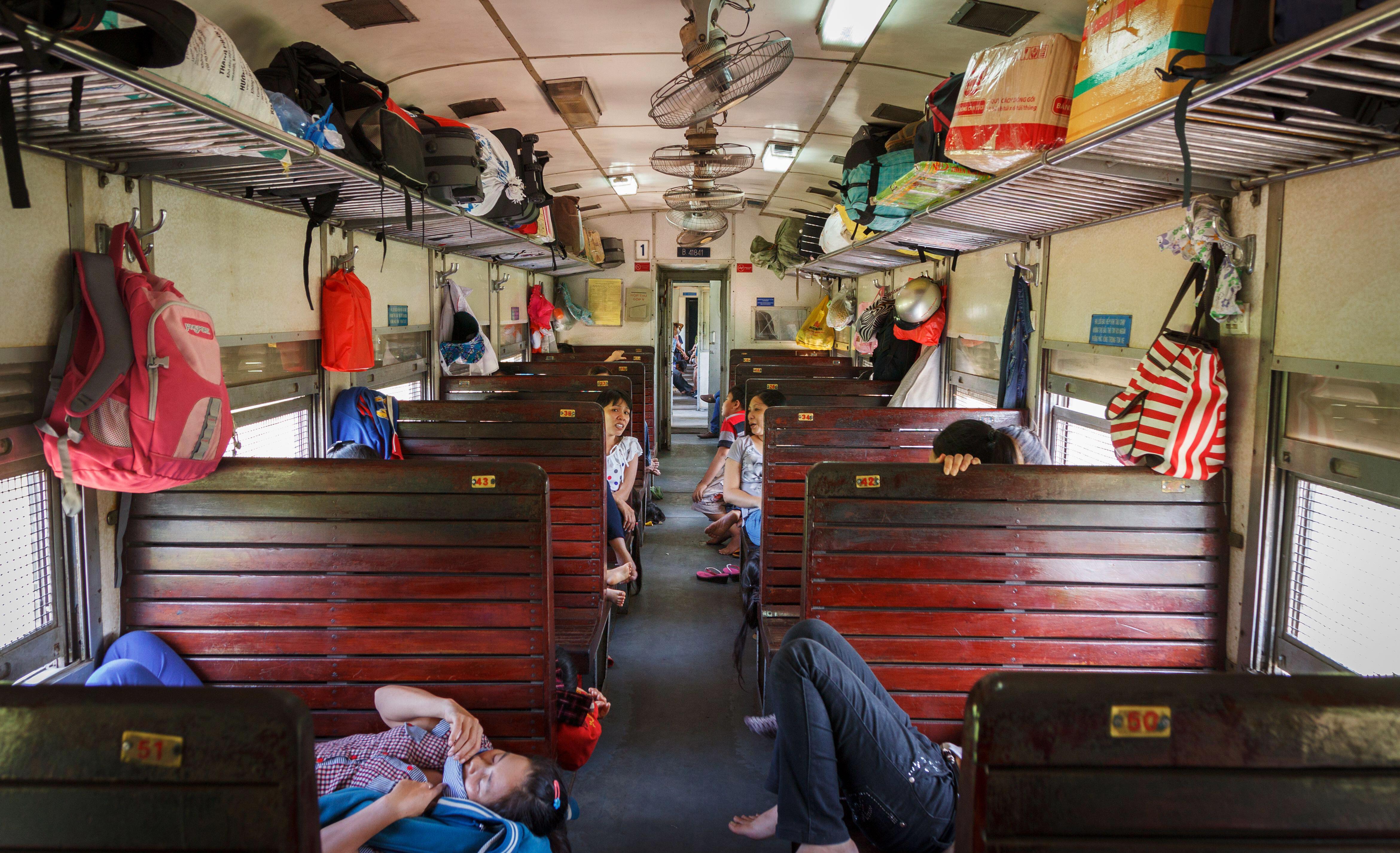
Take the train from Hanoi to Ho Chi Minh City
There’s no better window to life in Vietnam than from a carriage aboard the Reunification Express, the service that runs the full length of the country. And while the train is hardly Pullman-plush, don’t believe talk about the lack of creature comforts. It creaks across iron bridges and drifts into stations, slowing past cloth-swaddled monks on their way to the temple; a bustling fruit and veg market; and school kids rushing out of class like a flock of busy starlings. If you choose to go the whole way, embarking in Hanoi, you’ll click-clack for more than 1,700km, past the ancient capital of Hue, through the craggy Annamite mountains, and across the broad plains of southern Vietnam, into Ho Chi Minh City.
Visit railwaytraveller.com for more information.
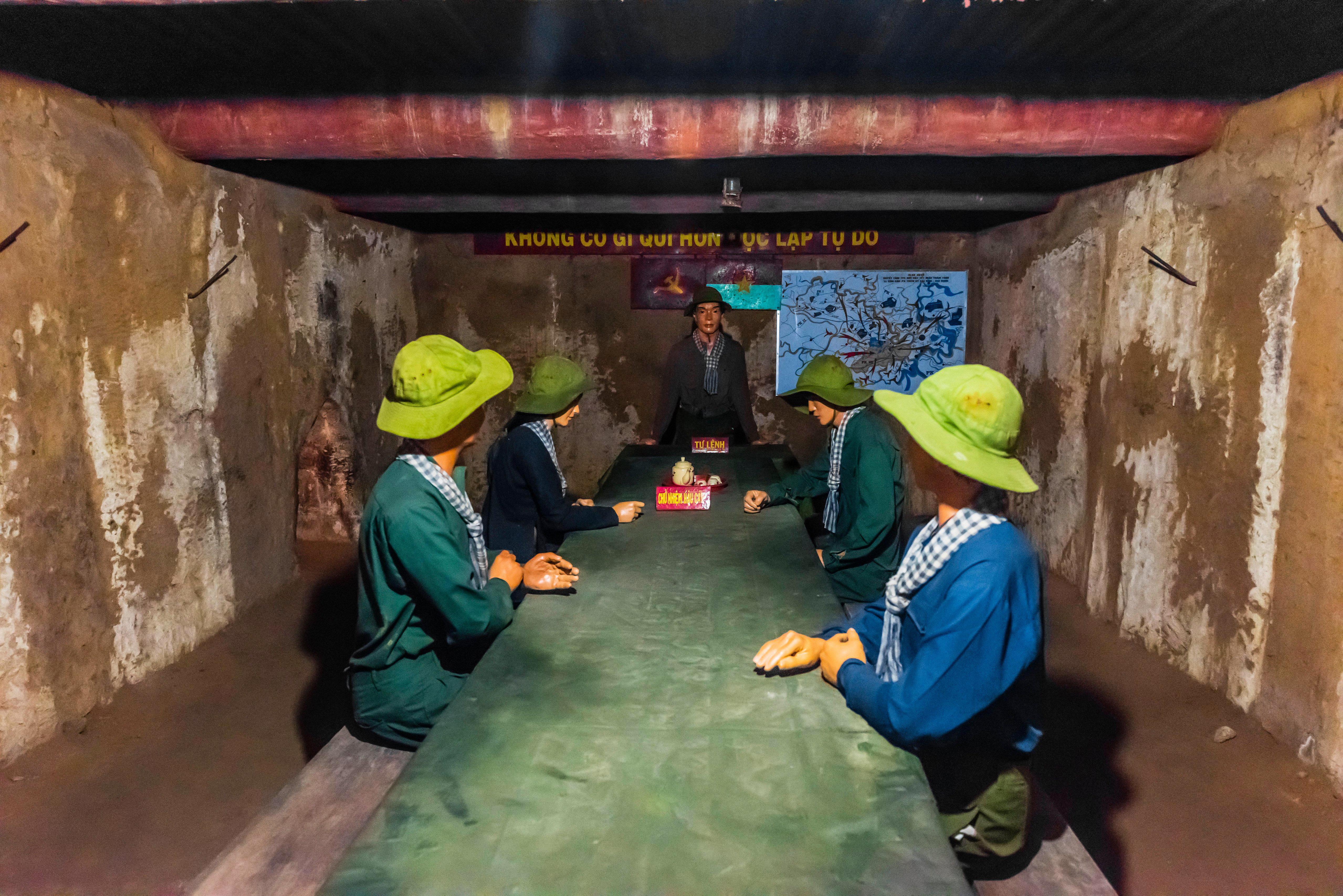
Squeeze into the Cu Chi tunnels in Ho Chi Minh City
With your knees under your chin, you squeeze through the manhole into the darkened chute, disappearing from view and back in time. Around you are some 250km of tunnels, honeycombed beneath the ground where Vietnam’s revolutionary army, the Viet Cong, concealed living areas, storage depots, and landmine factories — even hospitals operated here during the “American War.” With the flutter of bats, it’s claustrophobic, and as you breathe the bitterly thick air, the brutality of the Vietnam war truly hits home.
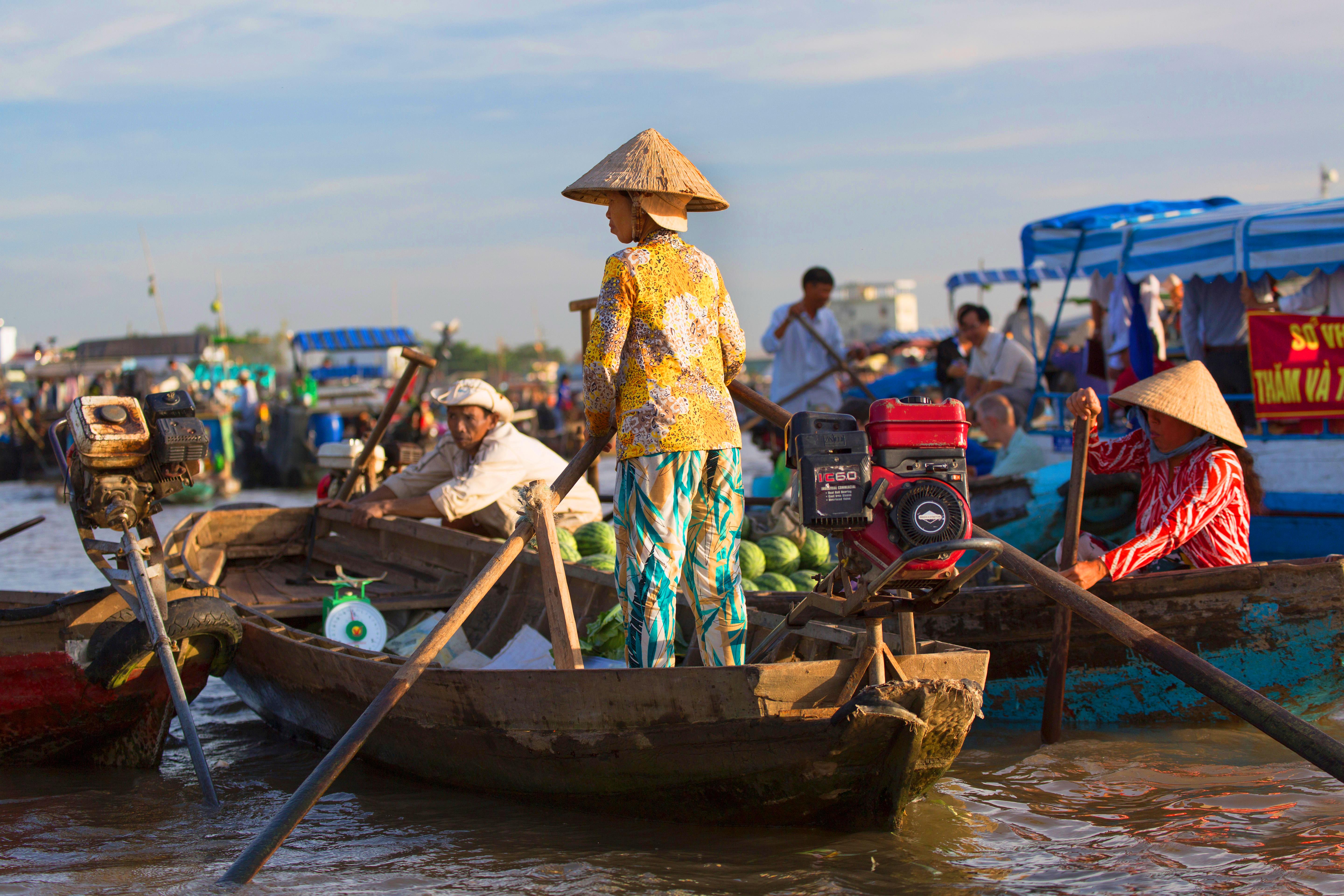
Shop in a floating market on the Mekong
They’re not peaceful or brochure pretty, but Vietnam’s Mekong river markets are a photographer’s dream, brimming with life and color. Canoes piled with cucumbers battle on the currents with tugs carrying tomatoes; busy vendors in conical hats brandish steaming baguettes while steering tiny dugouts with bare feet. It’s a miracle no one falls in. They are easily visited on a two-day tour from Ho Chi Minh City or en route down the Mekong, between Vietnam and Cambodia.
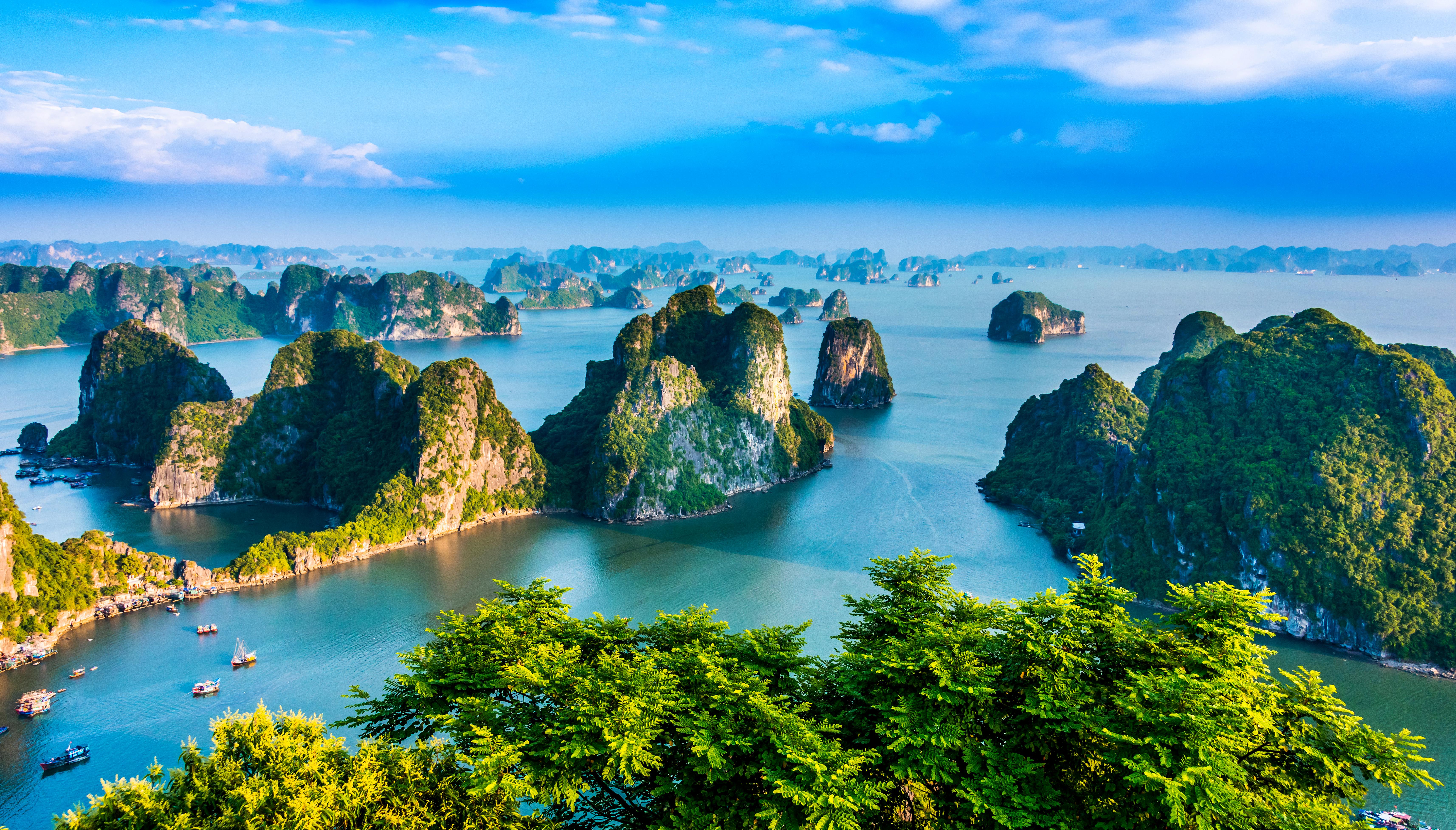
Cruise Ha Long Bay
Invaders pour in from the north. The battle is all but lost. Then . . . there be dragons. From their mouths, infernos erupt and emeralds spray like cannonballs. Victory is won, Vietnam is free, and Ha Long Bay is born. Or so goes the legend, which doesn’t seem that outlandish when you first glimpse this mesmerizing Unesco world heritage site — just squint to obscure the 8,000-plus visitors who arrive every day. One way to do so is to arrive by seaplane: Hai Au Aviation is the only operator. While this may be something of a splurge, it’ll spare you four hours of dreary road travel. And that dragon’s eye view of Mr Whippy clouds over velvety mountains will stick with you for as long as you live.
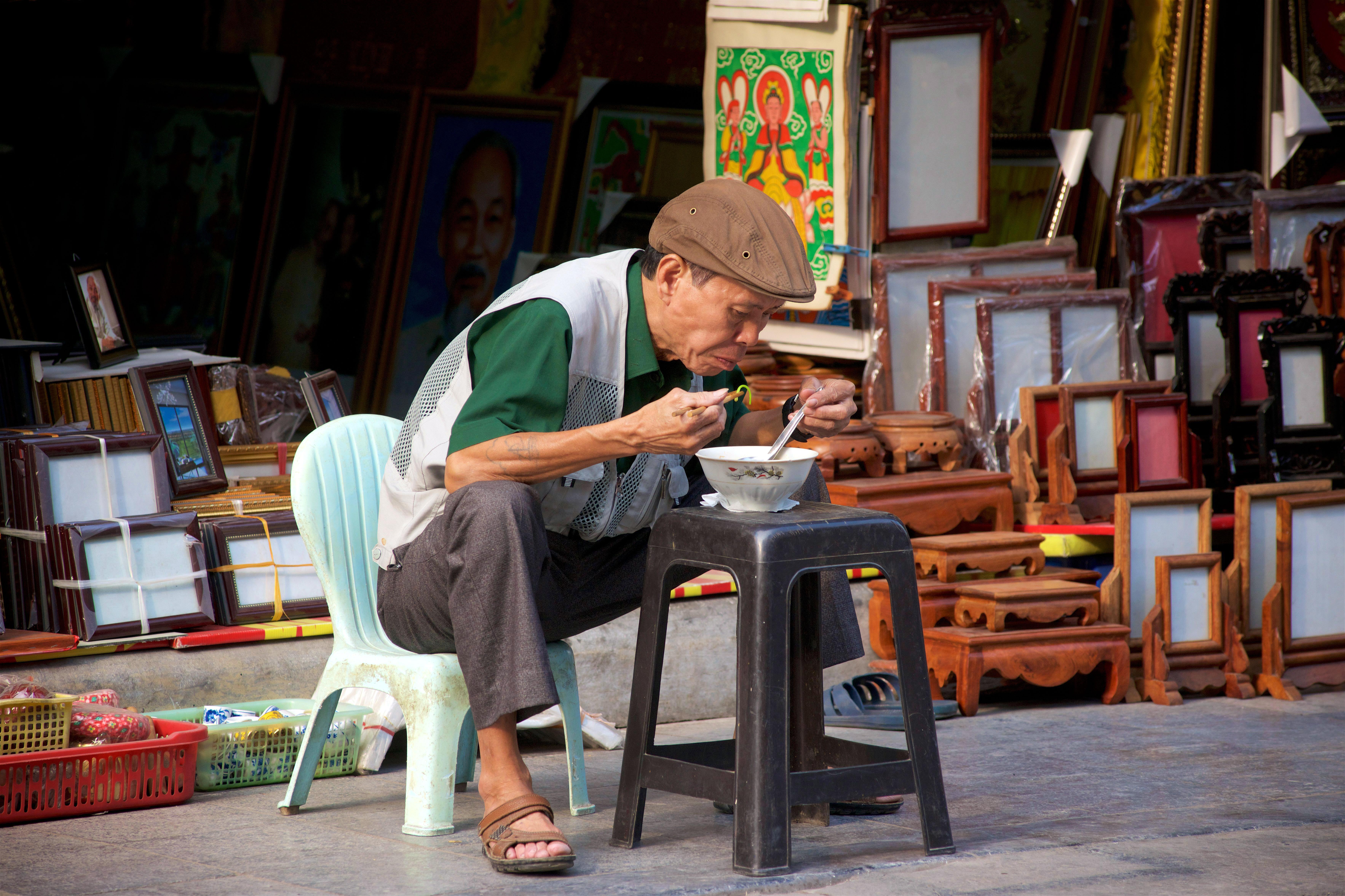
Gorge on street food in Hanoi
The street food here is divine — and even better, it counts among the world’s healthiest eating. Make for the twisting streets of old Hanoi, between Hang Da and Dong Xuan markets, where every second doorway reveals a simmering cauldron of pho (a translucent, noodle-filled soup) and maybe a noodle master, pulling strands from lengths of dough that will feed diners seated at pavement stools. Makeshift cafés brew java frothy with egg yolk, while streetside canteens serve fish seared with fresh herbs. It all oozes a craftsman’s passion. Don’t be deterred by crowds — high turnover equals freshness.
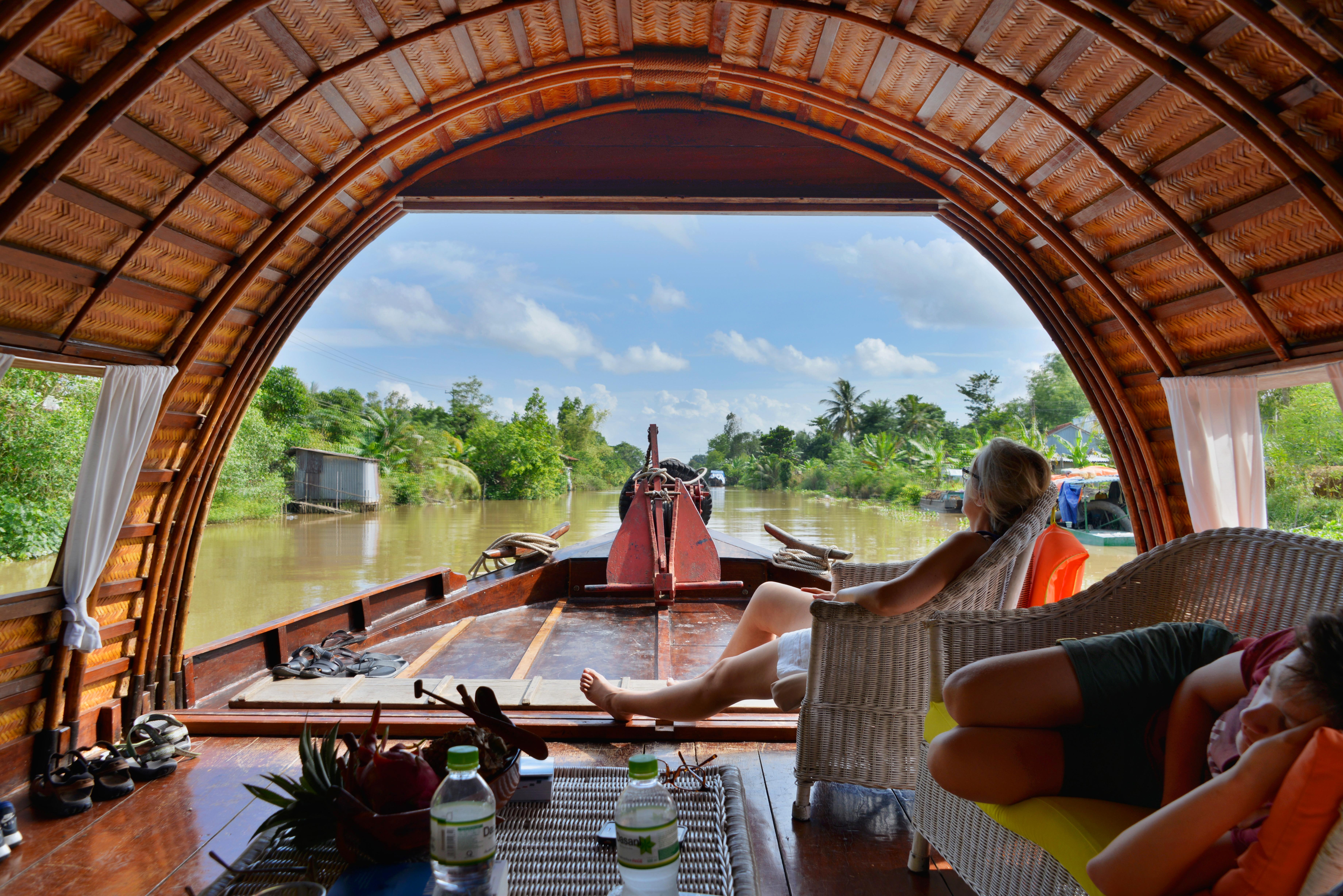
Explore what might be the world’s largest cave
At more than five miles long and up to 150m high — equivalent to a typical 38-storey building — it’s no surprise that Hang Son Doong is reckoned to be the world’s largest cave network. You’ll find it in the cave-riddled, jungle-swathed province of Quang Binh, near the border with Laos. Numerous wonders await anyone who joins a tour: huge, complex stalactites, subterranean rainforest, and an underground river whose end hasn’t yet been located. Factor in its own weather patterns and ecosystems, and this extraordinary place is ultimately another world altogether.
Visit sondoongcave.info for more information.

Voyage on the Mekong
Aboard a wooden sampan, you cast off in a soft-focus haze, the light slowly beginning to fade, the rice paddies wrapped in mist. As you glance at the swarm of boats departing the wharves, it seems the whole delta is on the move: cigar-shaped water taxis, warped wooden ferries, dugout fishing canoes, all weighed down with every kind of cargo, human and animal. Ahead lies a vast, half-drowned bowl of stilted villages, waterlogged fields, and the great river lands of the Mekong Delta, beneath a smoky sky.
Take me there
Inspired to visit Cambodia or Vietnam but yet to book your trip? Here are the best packages to Cambodia from Expedia and Vietnam from Tui.






